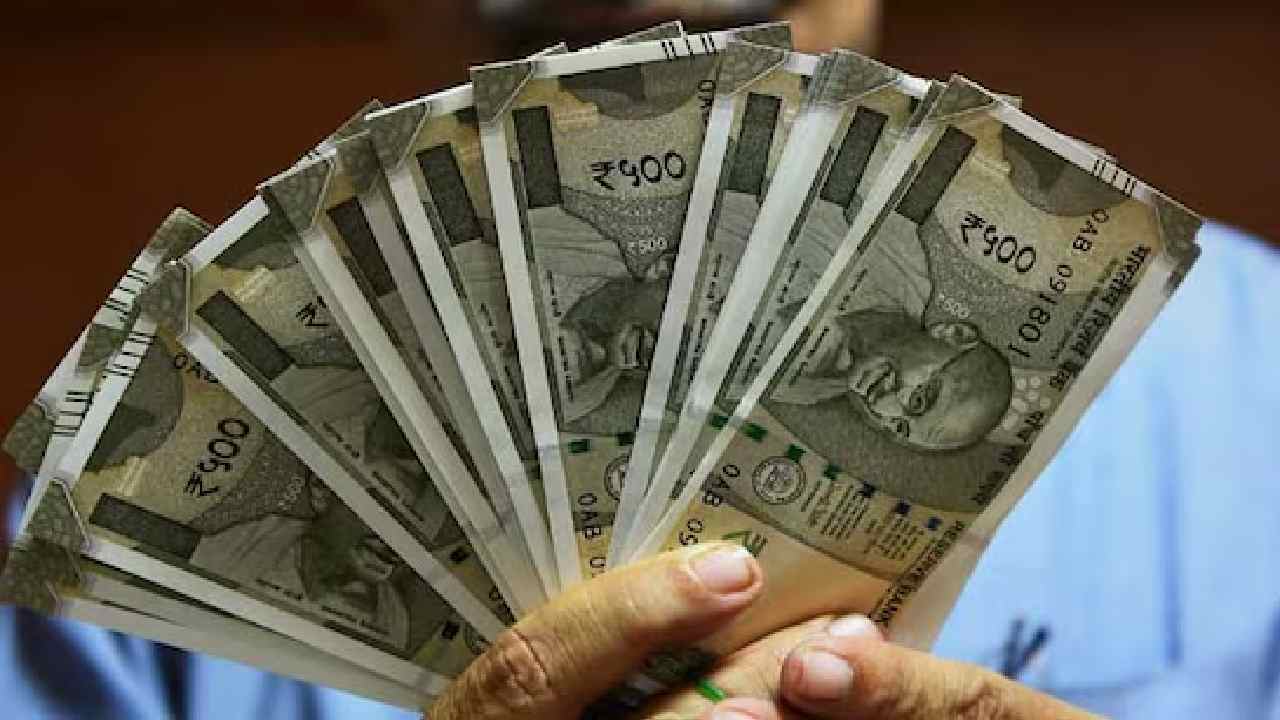Market Analysis: Factors Behind the Recent Fall
Anuj Singhal from CNBC-Awaaz has identified three primary reasons contributing to the market’s decline observed on Monday: tensions related to China, regulatory concerns from SEBI, and political developments in Japan. These factors had a significant impact on investor sentiment and market dynamics, leading to considerable selling activity.
China’s Market Influence
Concerns surrounding China emerged as a major theme, particularly after the Chinese markets experienced a remarkable 8% increase following a relief package. This has triggered fears of capital flow from India to China, prompting Foreign Institutional Investors (FIIs) to offload approximately ₹10,000 crore in cash on Monday. While certain large-cap stocks faced significant selling pressure, Anuj mentioned that the overall market breadth was not overwhelmingly negative.
SEBI’s Regulatory Changes
The second critical factor influencing the market was the speculation surrounding SEBI’s proposed changes to curb retail participation in the Futures and Options (F&O) segment. Rumors circulated via WhatsApp groups suggesting that F&O trading might be linked to Income Tax Returns (ITR) and net worth, but no concrete announcements were made during the SEBI board meeting. This uncertainty has discouraged retail investors and contributed to market volatility.
Japanese Political Developments
The third significant factor was the political changes in Japan, which have raised concerns about potential rate tightening. The resultant fears regarding the unwinding of Yen Carry trades have added to global market risks, influencing the sentiment among investors in India as well.
Market Outlook: The Impact of China on FIIs
Anuj Singhal noted a pivotal question facing investors: will China emerge as the preferred destination for FIIs? The Chinese market is being viewed as relatively more affordable than India’s. However, India possesses the advantages of a robust democracy and demographic appeal, which could retain domestic investment interest. Despite the recent substantial selling by FIIs, Anuj reassured that domestic investors are prepared to step in.
Nifty Trading Strategy
Turning to the Nifty index, Anuj Singhal highlighted the importance of its closing level on Monday, which was recorded at the lowest point of the day. As it stood at exactly 10-day Exponential Moving Average (DEMA), he emphasized that today’s closing will be crucial for determining the future trajectory of Nifty. A close at the lows would signal the beginning of a correction, whereas a close at highs could initiate an uptrend.
| Support/Resistance | Level |
|---|---|
| First Support | 25,750 – 25,800 |
| Major Support | 25,500 – 25,550 |
Anuj advised investors to closely monitor the first hour of trading to make informed decisions. He advised caution, as significant selling is often observed right after a major fall. The second rally of the day will also be vital in determining market sentiment.
Nifty Bank Trading Outlook
Regarding the Nifty Bank index, Anuj stated that it has retraced 50% of its recent gains. He noted the potential risk of a double top formation in HDFC Bank. Key support levels are identified as follows:
| Support/Resistance | Level |
|---|---|
| First Support | 52,700 – 52,750 |
| Major Support | 51,800 – 52,000 |
Anuj recommended holding off on new trades in Bank Nifty until stability is observed in HDFC Bank. If it can hold the 52,700 level, then entry for long positions may be reconsidered with a stop-loss set at that level.
Disclaimer: The views expressed in this article are solely those of the expert and do not reflect the opinions of the management or website. It’s always advisable to consult with a certified financial expert before making any investment decisions.












